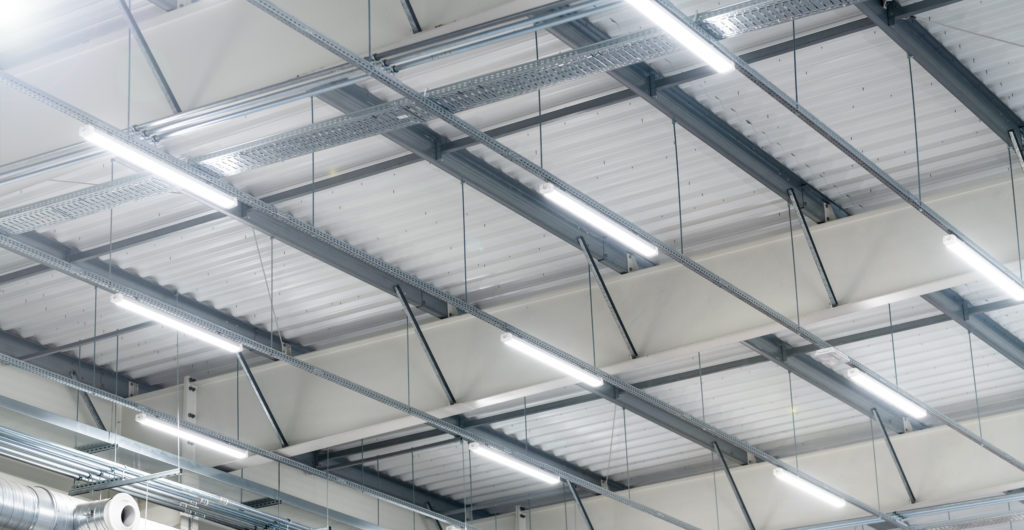

Lighting is incredibly important. It can change our mood, determine the temperature of a space, and even alter our brain and the way we see things in some cases. While most people tend not to think about the lighting in their home, it could be creating a less than ideal environment for them. LED lighting offers a wide array of benefits both for the user and for the environment, making it an easy choice for environmentally-conscious consumers.
What is LED Lighting?
Light-emitting diode lighting, more commonly referred to as LED lighting, is a proven new and rapidly developing lighting source that has made waves for being more energy-efficient than other lighting sources on the market. LED lights take up 75% less energy and are said to last 25% to 200% longer than other lighting options on the market, making them a great choice for those who want to conserve energy and replace their lightbulbs less frequently.
With the amount of savings that a widespread implementation of LED lights could produce, LED is now the dominating type of lighting and will be advancing every day and being used more and more in the USA in the future.
How Does LED Lighting Work?
LED lighting contains a microchip that allows an electrical current to pass through it and illuminate a collection of smaller light sources, referred to as LEDs. When a number of those smaller light sources heat up, it creates visible light. In order to prevent any issues, any heat that is produced from the LED lights is absorbed into a heat sink or a device that removes unwanted or excessive heat from an electronic device.
The Energy Efficiency Benefits of LED Lighting
Other than improving mood and consuming less energy than traditional light bulbs, LED lights offer many energy-efficient savings for those who chose to use them, some of which include:
- They produce less waste light-Every light produces lumens and consumes power, and all lights have a number of lumens that end up going to waste during the production of light. LED lighting has been proven to produce less wasted light. It has been predicted that if facilities like schools and offices switched to LED lights, they would become more energy-efficient by around 60-70%.
- They don’t produce UV emissions– The vast majority of lights use 90% of their energy as heat while 10% is used for the actual creation of light. LED lighting emits a much smaller amount of heat and UV emissions in comparison to other light sources, making them an ideal choice for art museums that need to consider the protection of their art over time.
- They help improve the environment- LED lighting can help reduce energy waste, especially if larger companies choose to implement their usage. LED lights are also manufactured in a way that is environmentally safe and conscious. You won’t have to worry about handling them in a safe way to avoid dangerous chemicals like other lights.
LED light has made great waves at the beginning, and since that has become the most used source of lighting for almost all types of applications. Though we are still learning about LED lighting every day, it is clear that they offer a widest array of benefits that everyone should be taking advantage of during this time of environmental protection and preservation. For more information on LED or if you have interest in your very own lighting system, contact us today at SPEC.
